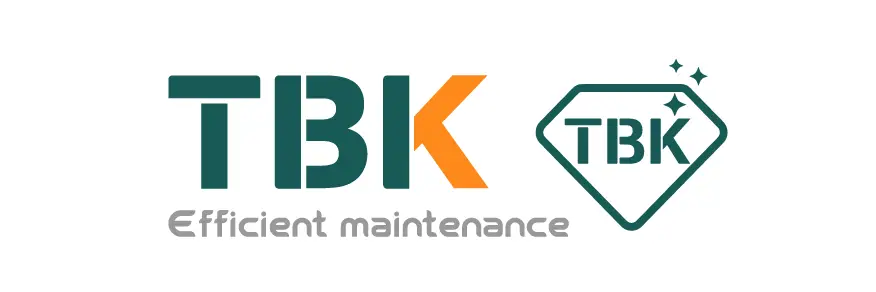Exploring Innovations In Phone Screen Polishing Technology
Introduction:
In today's fast-paced world, phone technology is constantly evolving to meet the ever-changing demands of consumers. One area that often goes unnoticed but plays a significant role in user experience is phone screen polishing technology. The process of polishing phone screens may sound simple, but it involves a myriad of innovative techniques and materials to ensure a flawless, smooth finish. In this article, we will delve into the world of phone screen polishing technology, exploring the latest innovations that are shaping the way we interact with our devices.
Scratch-resistant coatings
Scratches on phone screens are a common phenomenon that can detract from the overall user experience. To combat this issue, phone manufacturers have been incorporating scratch-resistant coatings into their screen polishing process. These coatings are designed to create a protective barrier on the surface of the screen, preventing scratches from forming as a result of daily wear and tear.
One of the most widely used scratch-resistant coatings is Corning's Gorilla Glass, which is known for its durability and strength. Gorilla Glass is created through a process called ion exchange, where the glass is immersed in a molten salt solution to create a compressive stress layer that makes it more resistant to scratches and drops. The use of such advanced coatings has revolutionized the way phone screens are polished, ensuring that they remain in pristine condition for longer periods.
Nanotechnology in screen polishing
Nanotechnology has emerged as a game-changer in the field of screen polishing, offering precise control over the properties of the screen surface at the nanoscale level. By utilizing nanomaterials such as nanoparticles and nanorods, manufacturers are able to achieve superior optical clarity, enhanced scratch resistance, and improved touch sensitivity on phone screens.
One of the key advantages of nanotechnology in screen polishing is its ability to create self-cleaning surfaces that repel fingerprints and smudges. By engineering the surface at the nanoscale, manufacturers can create a hydrophobic coating that prevents oil and dirt from adhering to the screen, making it easier to clean and maintain.
Enhanced polishing techniques
Traditional screen polishing techniques involved abrasive compounds and mechanical buffing to achieve a smooth finish. However, recent advancements in polishing techniques have revolutionized the way phone screens are polished, offering more efficient and effective methods for achieving a flawless surface.
One such technique is chemical mechanical polishing (CMP), which combines chemical etching with mechanical abrasion to remove imperfections and scratches from the screen surface. CMP utilizes a slurry of abrasive particles and chemicals to break down the surface material and create a smooth, polished finish. This technique has been widely adopted by phone manufacturers for its ability to produce consistent results and improve the overall quality of screen polishing.
3D polishing for curved screens
With the rise of curved screens in modern smartphones, traditional flat polishing techniques are no longer sufficient to achieve the desired level of smoothness and clarity. Manufacturers have turned to 3D polishing techniques to address the unique challenges posed by curved screens, ensuring uniform polishing across the entire surface of the screen.
3D polishing involves the use of specialized polishing heads that conform to the curvature of the screen, allowing for precise control over the polishing process. By adjusting the pressure and speed of the polishing head, manufacturers can achieve a uniform finish that enhances the visual appeal of curved screens while maintaining optimal touch sensitivity.
Future prospects for screen polishing technology
As phone technology continues to advance, the future of screen polishing technology looks promising, with a focus on enhancing durability, transparency, and responsiveness. Manufacturers are actively exploring new materials, coatings, and polishing techniques to further improve the user experience and extend the lifespan of phone screens.
One area of innovation is the development of self-healing coatings that can repair minor scratches and abrasions on the screen surface. By incorporating self-healing polymers or nanomaterials into the screen polishing process, manufacturers can create screens that are able to repair themselves over time, reducing the need for costly repairs or replacements.
In conclusion, phone screen polishing technology is undergoing rapid advancements to meet the growing demands of consumers for sleek, durable, and responsive screens. By embracing innovative materials, coatings, and polishing techniques, manufacturers are reshaping the way we interact with our devices, creating a more immersive and satisfying user experience. The future of screen polishing technology holds exciting prospects for even greater improvements in screen quality, durability, and performance, setting the stage for a new era of innovation in the world of smartphones.






























